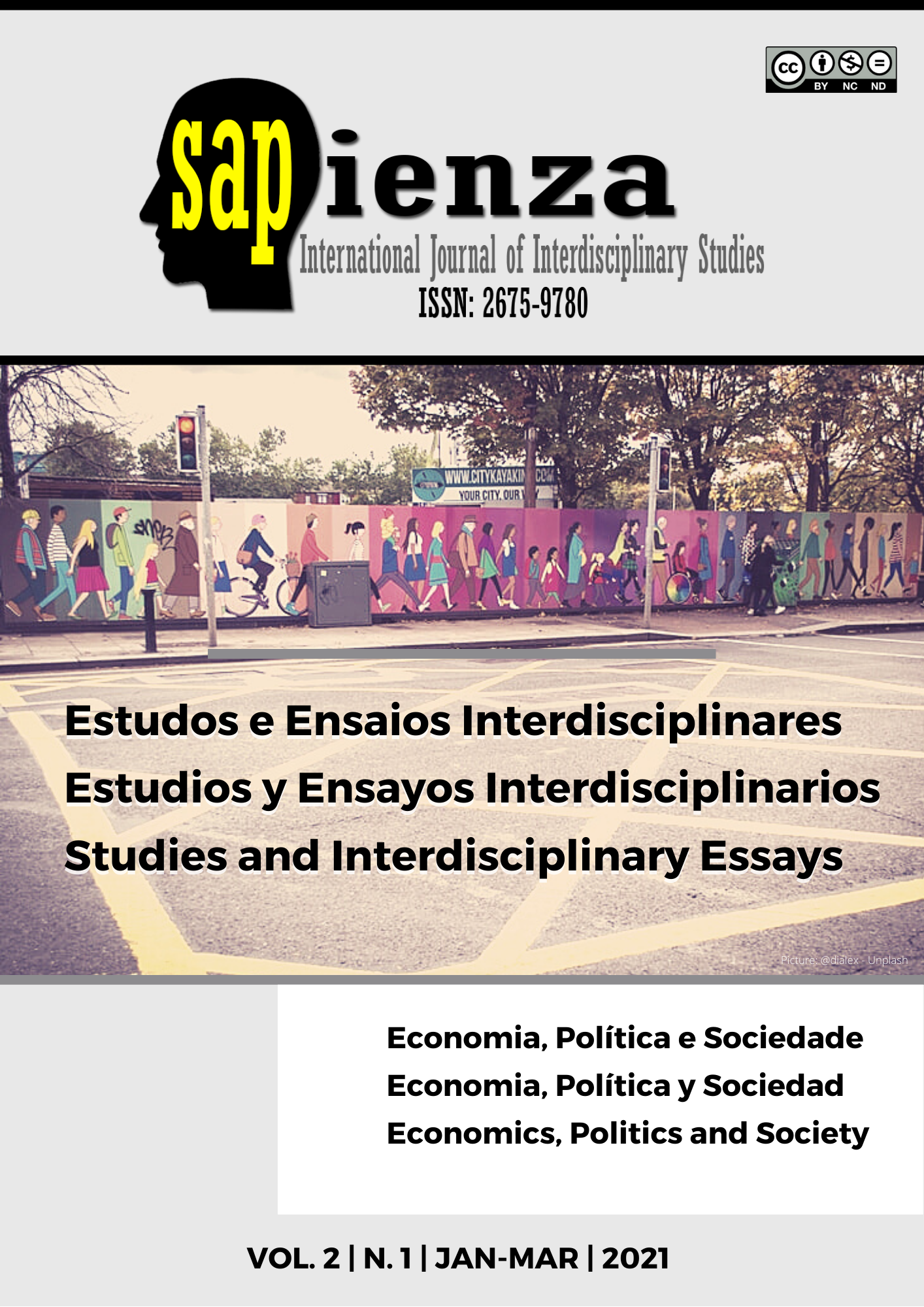Environmental attitude of junior high school students: Basis for proposed intervention
DOI:
https://doi.org/10.51798/sijis.v2i1.79Keywords:
education, environmental attitude, junior high school students, intervention schemeAbstract
The study was carried out to determine the significant difference of the environmental attitude of Junior High School students when analysed in terms of demographic profile. Non-experimental descriptive-survey research design was utilized using mean, t-test and analysis of variance (ANOVA) as the statistical tools in data treatment. The findings revealed a high extent of environmental attitude of students with a high extent of environmental awareness, attitude towards recovery, attitudes towards recycling and environmental consciousness and behaviour indicators. Furthermore, the study revealed no significant difference in the level of environmental attitude when analyzed by age and gender. However, there is significant difference in the year level. Hence, the null hypothesis pertaining to no significant difference of year level was rejected and these findings became the basis of the proposed intervention scheme.
References
Ajzen, I. (1985). From intentions to actions: A theory of planned behavior. In J. Kuhl& J. Beckmann (Eds.), Action-control: From cognition to behaviour, pg. 11-39. Retrieved from https:// www.scirp.org/(S(143dyn45teexjx55qlt3d2q))/reference/ReferencesPapers.aspx?ReferenceID=718488
Aminrad, Z., Zakaria, S.Z.S., Hadi, S. &Sakari, M. (2012).Relationship between awareness, knowledge and attitudes towards environmental education among secondary school students in Malaysia. World Applied Sciences Journal, 22 (9),1326-1333.
Birhanu, A. (2013). Factors influencing environmental knowledge, attitude and participatory behavior towards land degradation.the case of Injibara secondary and preparatory school, north-western Ethiopia. Science, Technology and Arts Research Journal, 2(2), 140-147. Retrieved from https://search.proquest.com/docview/1532504686?accountid=31259
Bogner, F. and Britta, O. (2010).Gender, age and subject matter: impact on teachers’ ecological values. Environmentalist, (2), 111–122.
Cooper, C. B., Dickinson, J., Phillips, T., &Bonney, R. (2007).Citizen science as a tool for conservation in residential ecosystems.Ecology and Society, 12(2), 11.
Ewen, B. M. C., Clément, P., Gericke, N. M., Nyberg, E., Hagman, M., &Landström, J. (2015). Female and male teachers' pro-environmental behaviour, conceptions and attitudes towards nature and the environment do not differ: Ecofeminism put to the test. Asia - Pacific Forum on Science Learning and Teaching, 16(1), 1-30. Retrieved from https://search.proquest.com/docview/1955993025?accountid=31259
Feleke, E. (2010). Students’ awareness, attitude and intension towards urban environmental problems in selected preparatory schools of Addis Ababa (Unpublished M.A Thesis) Addis Ababa University.
Gifford, R., &Reuven, S. (2012).The Oxford Handbook of Environmental and Conservation Psychology.Psychology, Social Psychology: Online Publication. DOI: 10.1093/oxfordhb/9780199733026.013.0004.
HadiRatham, A. G., Li, Y., Abdulla, S., Diykh, M., & Wan, X. (2016).Classification of epileptic EEG signals based on simple random sampling and sequential feature selection.Brain Informatics, 3(2), 85-91. doi:http://dx.doi.org/10.1007/s40708016-0039-1
Hornik, J., Cherian, J., Madansky, M., &Narayana, C. (1995). Determinants of recycling behavior: A synthesis of research results. The Journal of Socio-Economics, 24(1), 105-127. http://dx.doi.org/10.1016/1053-5357(95)90032-2
Medallon M. & Gallardo M. (2014). Environmental awareness campaign: That change it brings. Asia Pacific Journal of Multidisciplinary Research,2(1), 115.
Pilgrim, S., Smith, D., Pretty, J. (2007). Across-regional assessment of the factors affecting eco-literacy: Implications for Policy and Practice. Ecological Applications, 17(6), 1742-1751.
Rofianto, W. (2011).Exploratory research design.Retrieved from https://rofianto.files.Wordpress.com/2011/04/mr_02.pdf.
Sidique, S.F., Lupi, F., & Joshi, S.V. (2010).The effects of behavior and attitudes on drop-off recycling activities.Resources, Conservation and Recycling, 54(3), 163-170.
Sanchez, M.J. &Lafuente, R. (2010). Defining and measuring environmental consciousness. Revista International de Sociología (RIS), 68(3), 731-755.
Schultz, P. W. (2000). Assessing the structure of environmental concern: Concern for self, other people, and the biosphere.Empathizing with nature: The effects of perspective taking on concern for environmental Issues.Journal of Social Issues, 56(3), 391–406.
Ugulu, I., Sahin, M., &Baslar, S. (2013). High school students’ environmental attitude:Scale development and validation. International Journal of Educational Sciences, 415-424.
Uzun, N., &Saglam, N. (2006).Environmental Attitude Scale Development and Validation for Secondary School Students.Journal of Hacettepe University Faculty of Education, 240-250.
Wright, D. (2011). Evaluating a citizen science research programme: Understanding the people who make it possible (Unpublished master's thesis). Department of Zoology, University of Cape Town: Cape Town, South Africa.
Yilmaz, O., Boone, W.J. & Andersen, H.O. (2004). Views of elementary & middle school Turkish students toward environmental issues.International Journal of Science Education,(12), 1527-1546.
Downloads
Published
How to Cite
Issue
Section
License
Copyright (c) 2021 Jhester Hornejas

This work is licensed under a Creative Commons Attribution-NonCommercial-NoDerivatives 4.0 International License.




